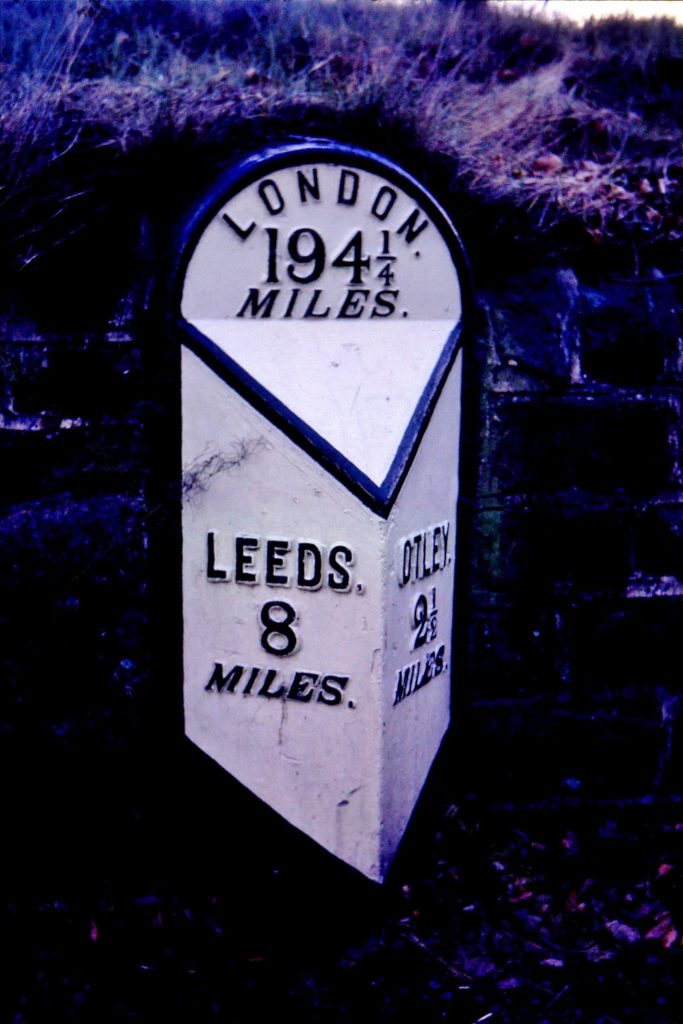The Rochdale Canal was the first navigable waterway to connect the Irish and North Seas, connecting Sowerby Bridge (the end of the Calder & Hebble Navigation which was reached in 1770) with the Bridgewater Canal in Manchester. It thus beat both the Huddersfield Narrow Canal (completed in 1811) and the Leeds-Liverpool Canal (1816). Although the process started in 1776, an Act of Parliament to allow work to start was not passed until 1794, and it was another ten years before the official opening of the whole canal.
Eight reservoirs had to be built to placate several mill-owners concerned about their water supply. It was a broad canal, 14 feet wide, running for 32 miles with, initially, 92 locks at first (now 91, locks three and four having been combined). Lock no 1 was in Sowerby Bridge, and lock 92 in Manchester. The canal quickly became the most successful commercial highway between Yorkshire and Lancashire, at its height moving almost 1 million tons of products each year. Railways caused a decline in traffic although the canal continued in commercial use until closed to traffic in 1952 with some sections filled-in. The Rochdale Canal Society was formed in 1974 to work to re-open it, and this finally happened in 2002.
The following features are still in place:
Stone canal company markers
A handful of these exist, inscribed RCCo, presumably marking the boundary of the canal company land adjacent to the canal. Examples are at Todmorden (pictured), Luddenden Foot and Mytholmroyd. The Mytholmroyd stone also has the letters ARSL, presumably the initials of the adjacent landowner.
Stone mile posts
Only two of the original stones still exist, at Todmorden and Summit. The Todmorden stone (pictured left) shows ten miles from S (Sowerby Bridge) and 22 from Manr. The Summit milestone reads simply ‘S 14 M 18’.
Metal mile posts
These are relatively new and have been introduced by the Rochdale Canal Trust (successor to the Society) to mark the re-opening of the canal. Attractive additions to the canalside scene, there are currently 13 in situ to the county boundary, some of which are more recent replacements. There is one in Todmorden about 50 metres from the original stone mile-post, and one in
Sowerby Bridge (no 0) marks the point where the canal connects with the Calder & Hebble Navigation. The one pictured on the right, no 12, is at Walsden, not far from the county boundary.
County boundary marker
Another relatively modern marker is at Warland where the canal crosses the Lancashire – Yorkshire border.
Adapted from an article by David Garside in the Milestone Society Newsletter, Jan 2014, no 26, pp 28-29
RWH / August 2020







